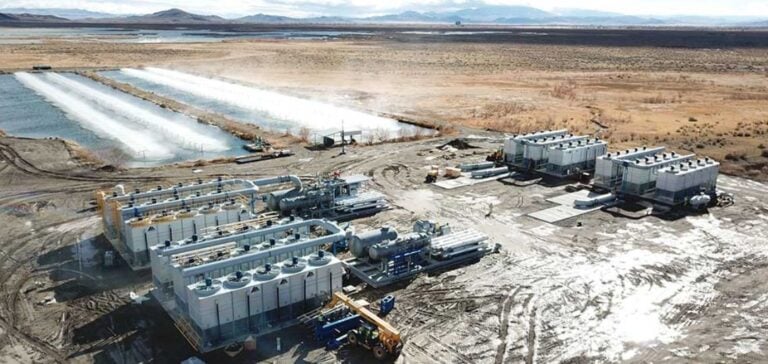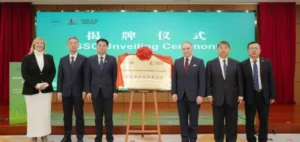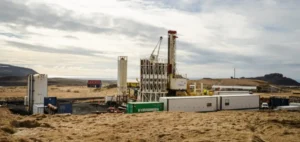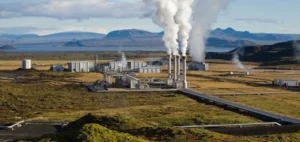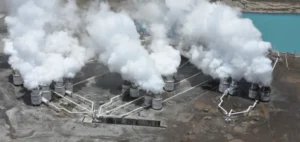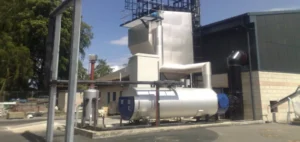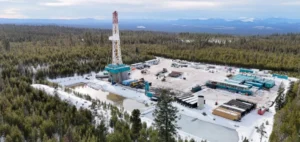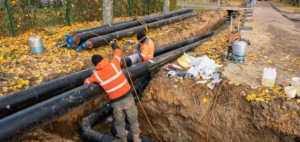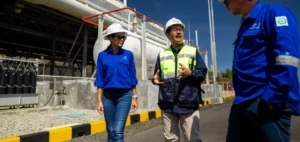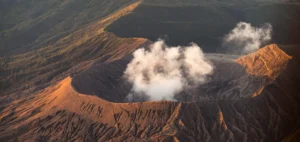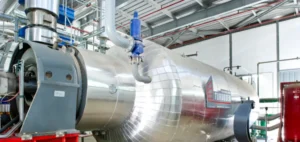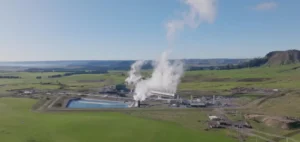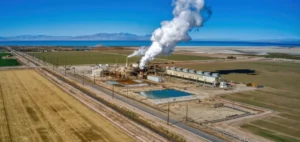The Bureau of Land Management (BLM) has announced the opening of 220,000 acres of federal land in Nevada to geothermal exploration.
This strategic decision is designed to boost geothermal energy production in the state, which is already the nation’s second largest producer, with an installed capacity of 827 MW.
The auction, scheduled for October 8, is part of an energy transition in which geothermal plays a crucial role as a stable, low-carbon energy source.
The parcels up for sale cover several counties, including Churchill, Esmeralda, Elko and Humboldt, offering significant potential for energy infrastructure expansion.
These lands were selected after rigorous environmental assessments, in accordance with the requirements of the National Environmental Policy Act (NEPA), ensuring that exploration will meet ecological standards.
Reducing regulatory delays and hurdles for renewable energy
To facilitate these projects, the BLM has adopted categorical exclusions under NEPA, reducing delays and regulatory hurdles for developers.
This comes on top of a reform proposal in the Senate to speed up the permitting process for renewables, including geothermal.
This reform, if passed, could impose annual sales of concessions on federal lands, encouraging faster and more efficient development of energy resources.
Growing opportunities for geothermal energy in Nevada
Nevada, with its vast yet under-exploited geothermal reserves, could see a significant increase in investment in this sector.
The success of previous sales, such as the one in November 2023 where 33 plots were auctioned off for around $1 million, demonstrates the growing interest of industry players in this energy source.
Exploitation of the new plots could thus make a substantial contribution to the national objective of diversifying the energy mix.
Nevada’s key role in the energy transition
According to the National Renewable Energy Laboratory (NREL), installed geothermal capacity in the United States could rise from the current 3 GW to 38 GW by 2035, and 90 GW by 2050.
The development of these new plots in Nevada could play a major role in this expansion, positioning the state as a key leader in the energy transition.
Increasing geothermal capacity is essential to guarantee a constant energy supply and reduce dependence on fossil fuels.
Nevada’s strategic role in this respect cannot be underestimated, as it could provide an effective response to the energy challenges of the future.


